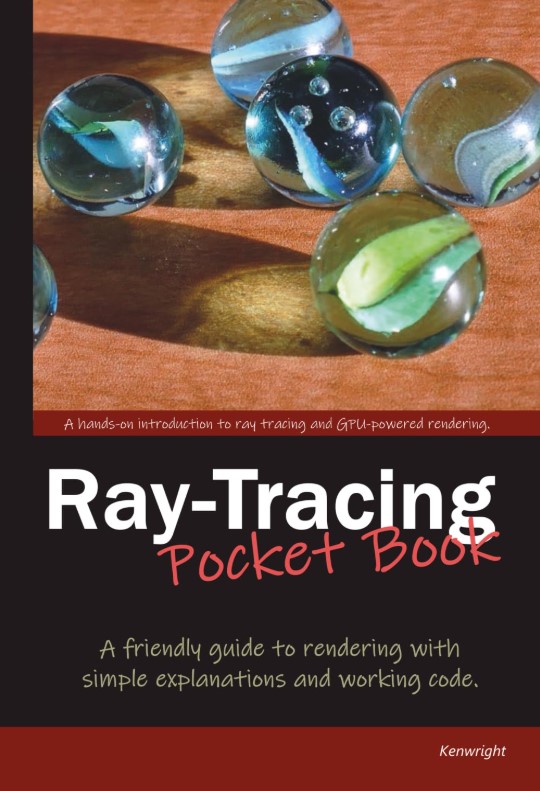
Ray-Tracing Pocket Book (Paperback)
An illuminating journey into ray tracing, "Ray-Tracing Pocket Book (Paperback)" explores its profound influence on the creative disruption. With clarity and enthusiasm, this essential read delivers fresh perspectives and actionable insights that inspire curiosity and spark meaningful progress.



Sarah Johnson
Professional ReviewerThis book didn’t just inform—it inspired me to rethink how I approach 3D in my own work.
September 30, 2025